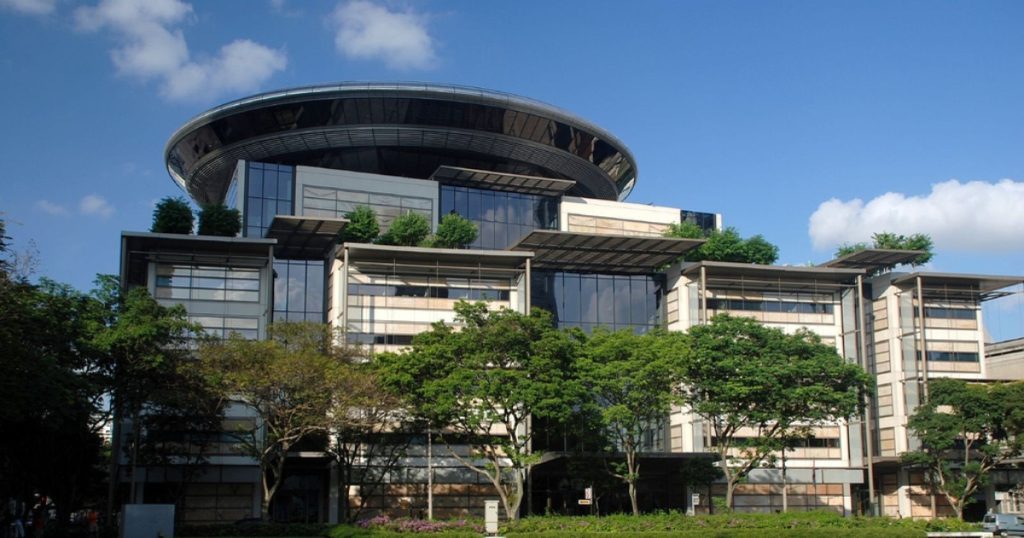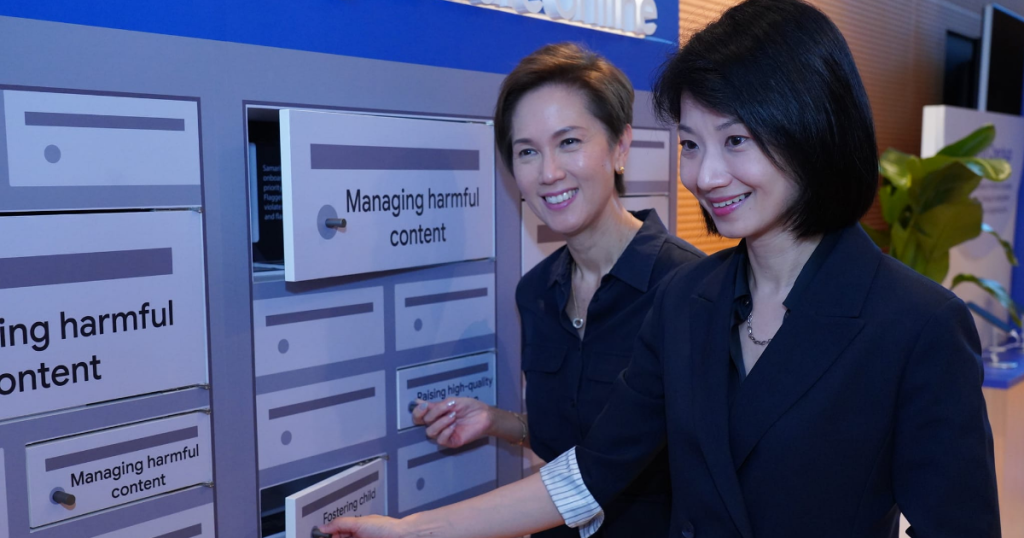In the Committee of Supply (COS) debate this year, the Ministry of Transport (MOT) has a tall order ahead of them. How do you make one of the best transport systems in the world even better? But as Minister for Transport Chee Hong Tat shared on Tuesday (Mar 5), “Transport is about connectivity”. And that is exactly what the MOT intends to do. Building a liveable city where Singaporeans can enjoy a range of accessible, reliable and affordable transport options and connecting Singapore with the world.
Here are five things to look forward to in the coming years.
1) A growing MRT network
Over the past decade, our MRT network has grown by leaps and bounds, inching us one step closer towards the goal of having eight in 10 households within a 10-minute walk of a train station. According to Mr Chee, Stage 4 of the Thomson-East Coast Line (TEL) will open on June 23 with seven new stations, cutting down travelling time for East Coast residents heading towards the city centre.
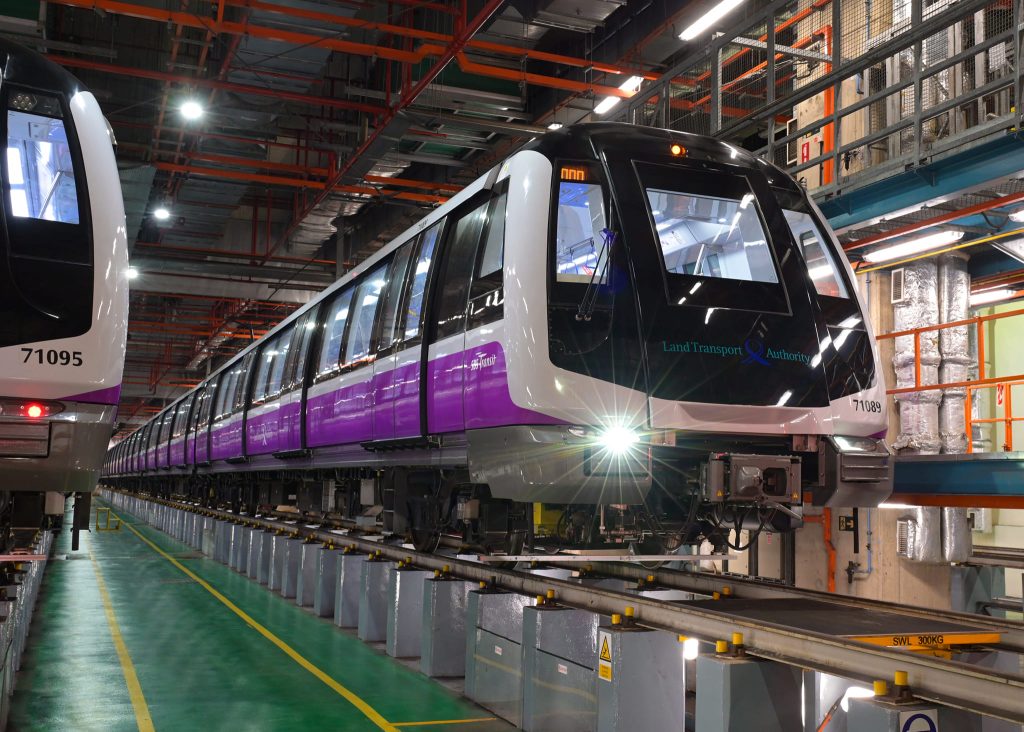
In addition, new stations will open along the North-East Line, Downtown Line and the Circle Line, said Mr Chee. By ‘closing the loop’ between HarbourFront and Marina Bay, it is safe to say that the Circle Line will finally cease to be a misnomer.
2) More EV chargers in our neighbourhoods
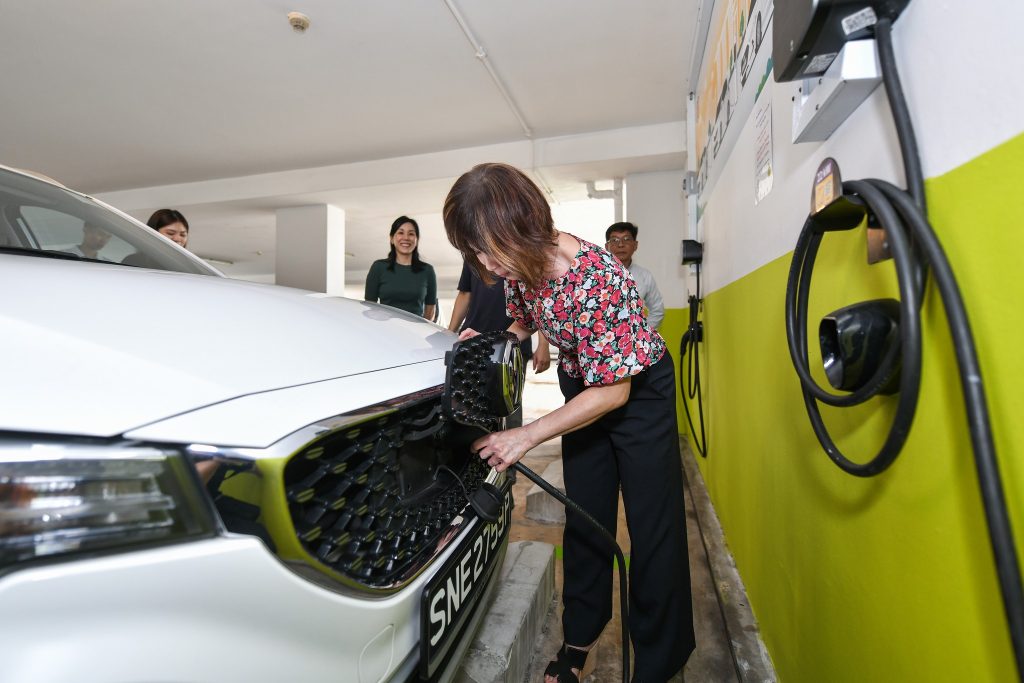
Addressing one of the biggest grouses stopping potential car buyers from going electric, Mr Chee shared that every HDB carpark will be equipped with EV chargers by the end of 2025.
Next, to ensure that taxis and private-hire vehicles get access to fast chargers for a mid-day top-up, the Government intends to deploy fast chargers at HDB Town Centres and JTC’s premises, which are places frequented by fleet drivers during their breaks and close to amenities such as hawker centres and coffee shops. “In total, there will be 120 fast chargers installed at about 60 carparks under this initiative,” added Mr Chee.
3) Job opportunities in the transport sector
As a country built on its strategic position in the global trade route, the transport sector has long been an important source of livelihood. In fact, the Government is committed to ensuring that the aviation and maritime sectors continue to provide good jobs for Singaporeans.
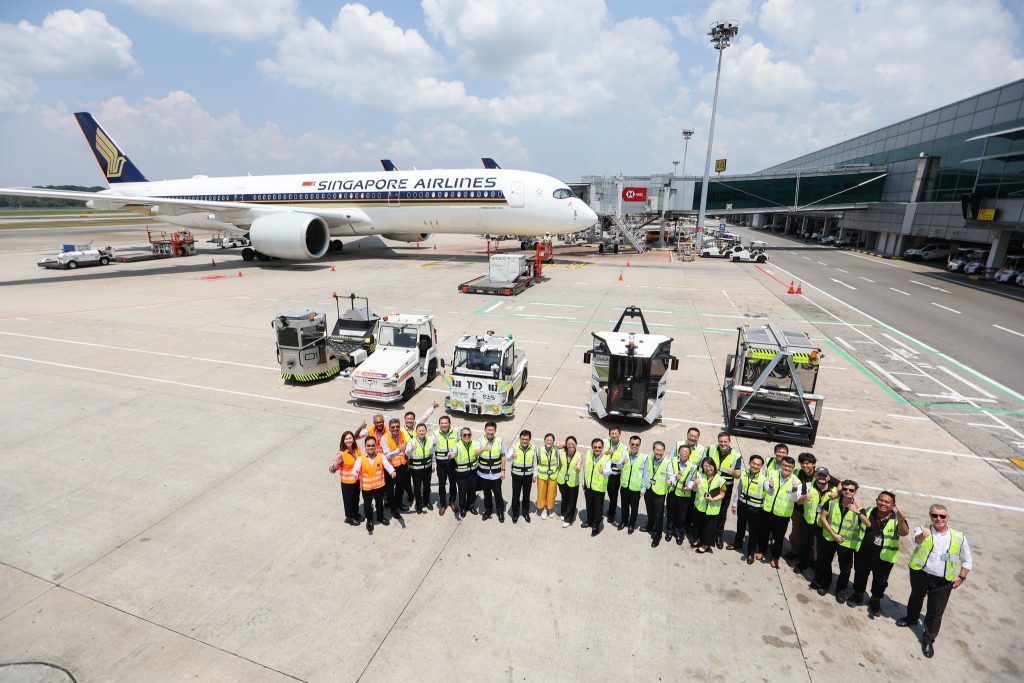
One area of growth is air travel, something Changi Airport is prepping itself for. With the completion of Terminal 5 in the mid-2030s, it will increase Changi’s annual capacity to over 150 million passengers. This will further strengthen Singapore’s aviation connectivity, said Mr Chee.
As for filling in the gap in the demand for aviation professionals, Mr Chee shared that besides lowering barriers for workers to upskill, reskill, and transition to new roles within the transport sectors, the Government has intensified its talent attraction efforts at the OneAviation Careers Fair and roadshows.
4) More pedestrian friendly streets
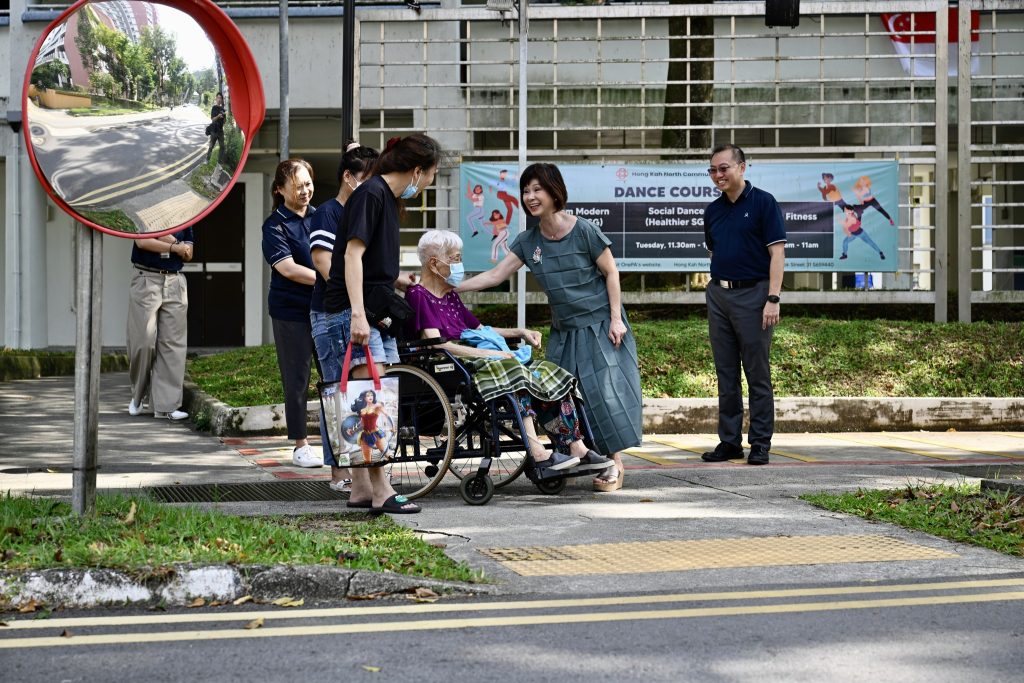
The Government has set aside $1 billion to expand the Friendly Streets initiative and build more commuter infrastructure, said Senior Minister of State (SMS) for Transport Dr Amy Khor. Launched last year, Friendly Streets aims to make walking in neighbourhoods safer and more comfortable for the young, the old, and everybody in between.
From widened footpaths to barrier-free crossings. Traffic calming features such as road humps to more prominent visual cues near key amenities. These are just some of the features Singaporeans can look forward to with an explosion of Friendly Streets in our neighbourhoods. According to Dr Khor, the Friendly Streets initiative will be expanded to all HDB towns and private estates with high-activity areas by 2030.
5) More inclusive P2P transport

The ubiquity of using ride-hailing apps has made Grab both a noun and a verb. As such, the Government will be working on how private hire cars (PHCs) can better cater to the needs of wheelchair users and families with young children, said Dr Khor.
For a start, the onus should not fall on commuters to make a separate request if they have a foldable wheelchair or require a child seat when booking a trip. Instead, ride-hail operators will have to make it easy for users to indicate such requirements at the point of booking, which reduces inconvenience and friction for both parties.
Furthermore, there are plans to work with ride-hail operators to make their apps more senior-friendly and explore providing pick-up points that both taxis and PHCs can use, added Dr Khor.
Photo Source: SBS Transit/ Amy Khor/ Chee Hong Tat via Facebook



